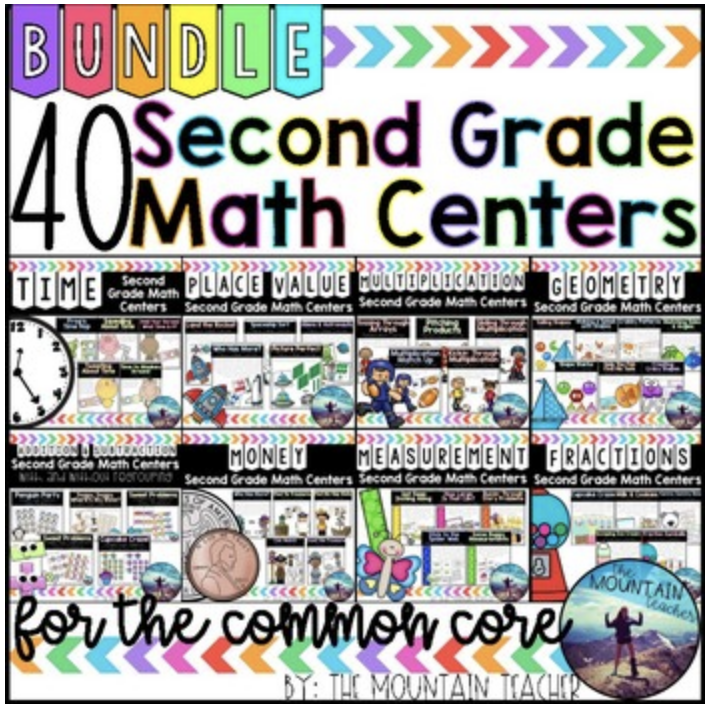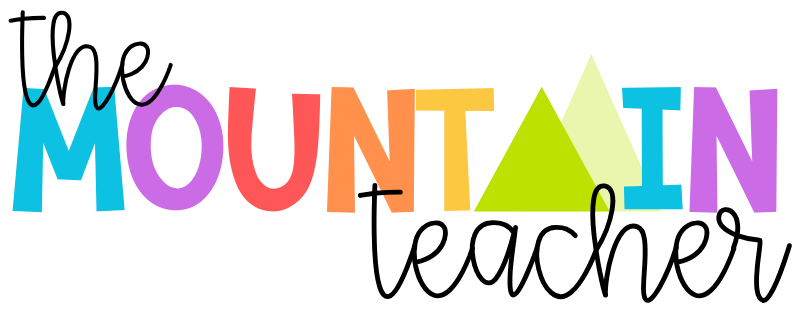Everything You Need to Teach 2nd Grade Word Problems
You might be relieved to hear that teaching addition and subtraction within word problems is a BREEZE after having taught Addition and Subtraction to 1000. Students typically get it right away, and as long as they have a solid foundation of adding and subtracting numbers, they usually enjoy this unit. Happy students=happy teacher, am I right?
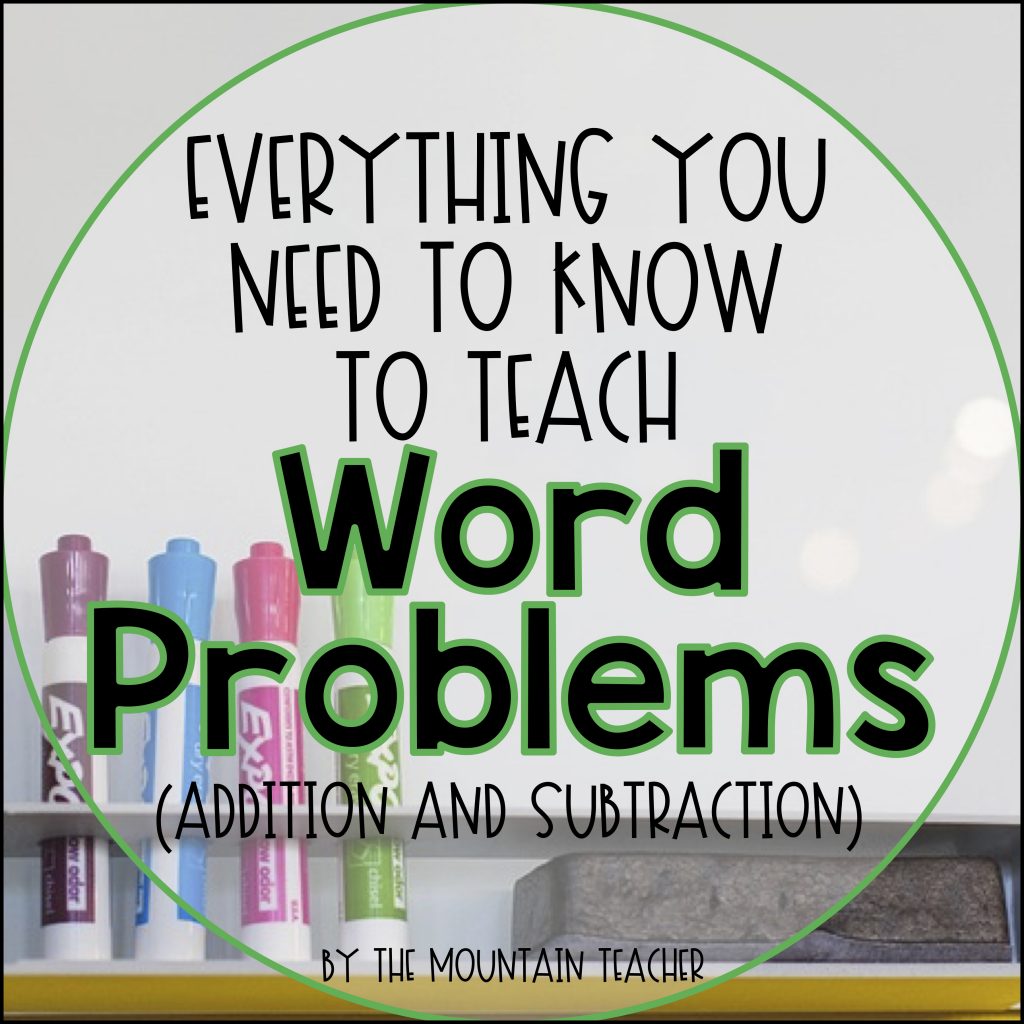
Daily Warm Up:
On the first day, I put up four problems on the board for my students to solve. They start easy, then the last one is always a little more challenge, as that is intended to be my “lesson” of the day. I give students about 10 minutes to solve the problems in their math notebooks, then we solve them together on the board. Once students are more comfortable with this format, I have a student lead the discussion while I sit back and monitor.

After the first day, my closing each day is students practicing writing their own word problems. I then pull 3 or 4 of these word problems to use as a warm up the following day. The kids LOVE this because their work is getting honored, and the rest of the kids love it because it is relatable and typically features their names.
Sequence:
There are five major types of word problems to focus on in second grade: adding to, taking from, putting together, taking apart and comparison problems. I typically teach this unit for 3 weeks.
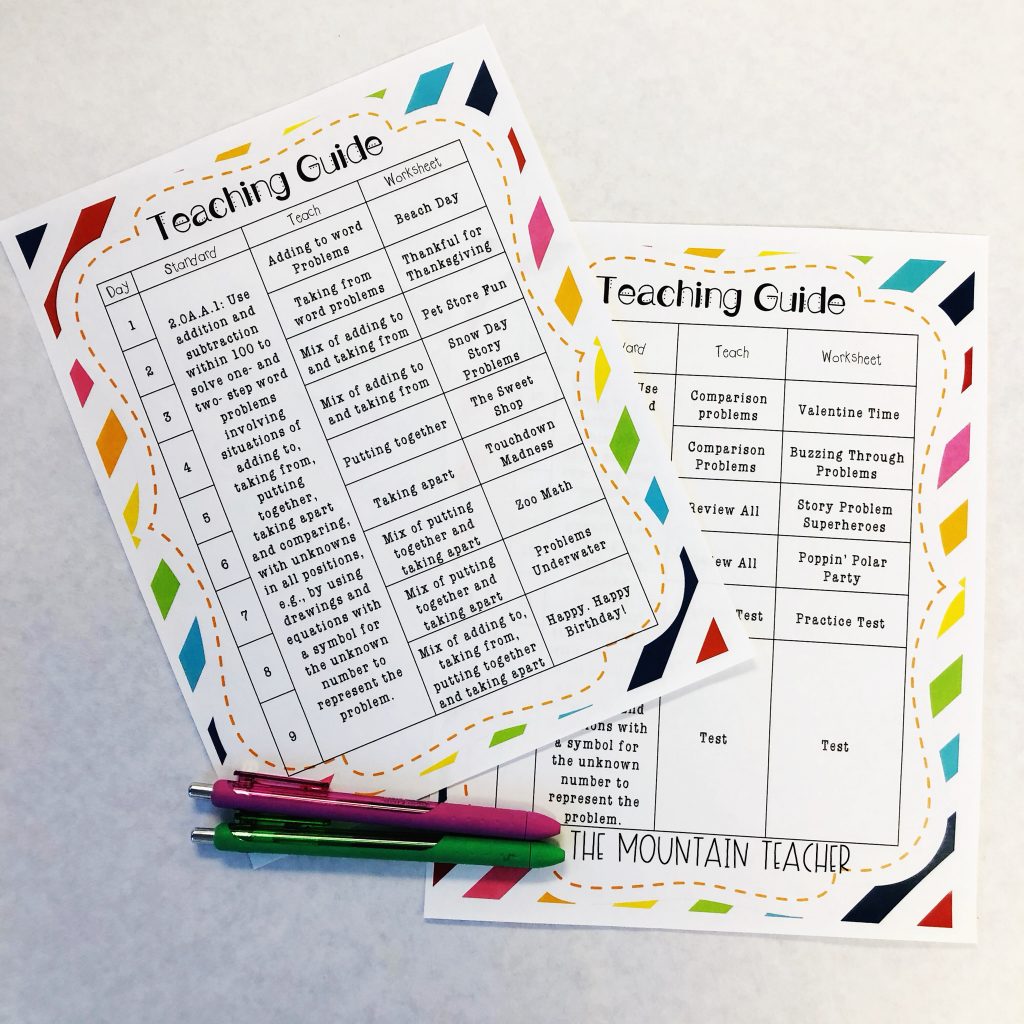
Week One: Adding To, Taking From, Mix
Week Two: Putting Together, Taking Apart, Mix
Week Three: Comparison, Mix of ALL
The Challenge:
There are two minor challenges during this unit. Something VERY important that many teachers might fall into is teaching students to look for “buzz words” that tell them to add or subtract. I would HIGHLY recommend NOT doing this! Students need to really think about what the problem is asking them rather than looking for the word “together” and knowing to add. There are a few reasons for this, including the fact that when students are solving multi-step problems, teaching them to look for buzz words can be confusing and misleading. It also leads to complications when students then learn to divide and multiply, as many of the buzz words are the same. Instead, really focus on teaching students about the different types of problems (listed above) and help them listen for what the problem is asking them to do with the numbers in a logical way.
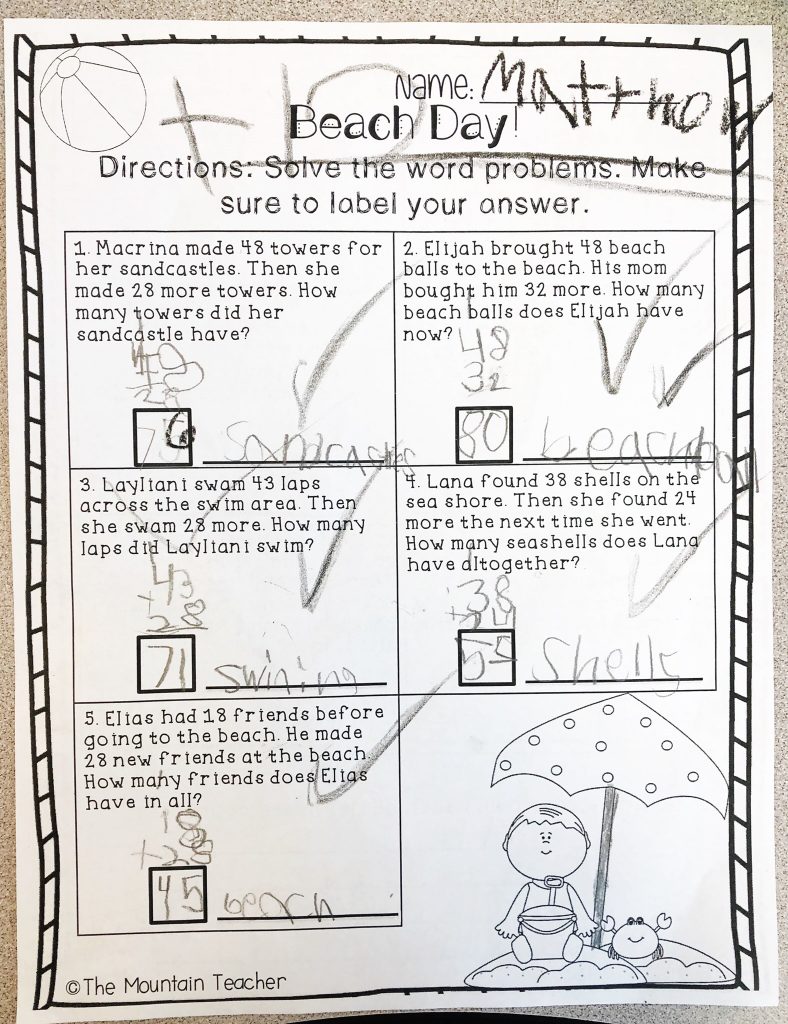
The other challenge in this unit is teaching students that comparison problems are subtraction problems. Students struggle to recognize this, and I typically start by showing them a simple problem (with differences under 10), and using manipulatives so they can physically see that when comparing, you are subtracting.
Center Ideas & Games:
My students LOVE simply making up their own problems and having others solve them as a center. We talk about how the numbers need to be reasonable, and once the expectation is set, the kiddos LOVE being able to do this as a center.
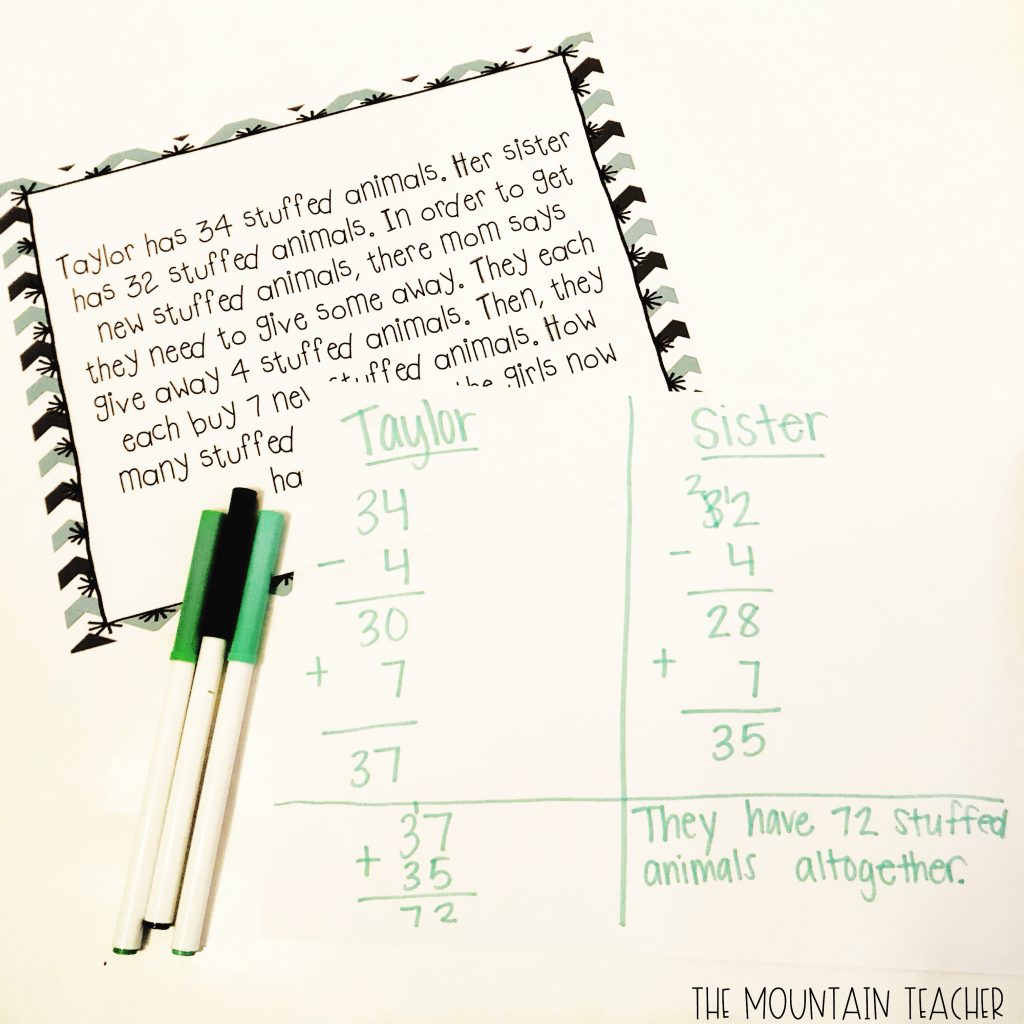
I also like having a “challenge problem of the day” center during this unit. This really pushes kids’ thinking beyond just finding buzz words, and helps them think out of the box.
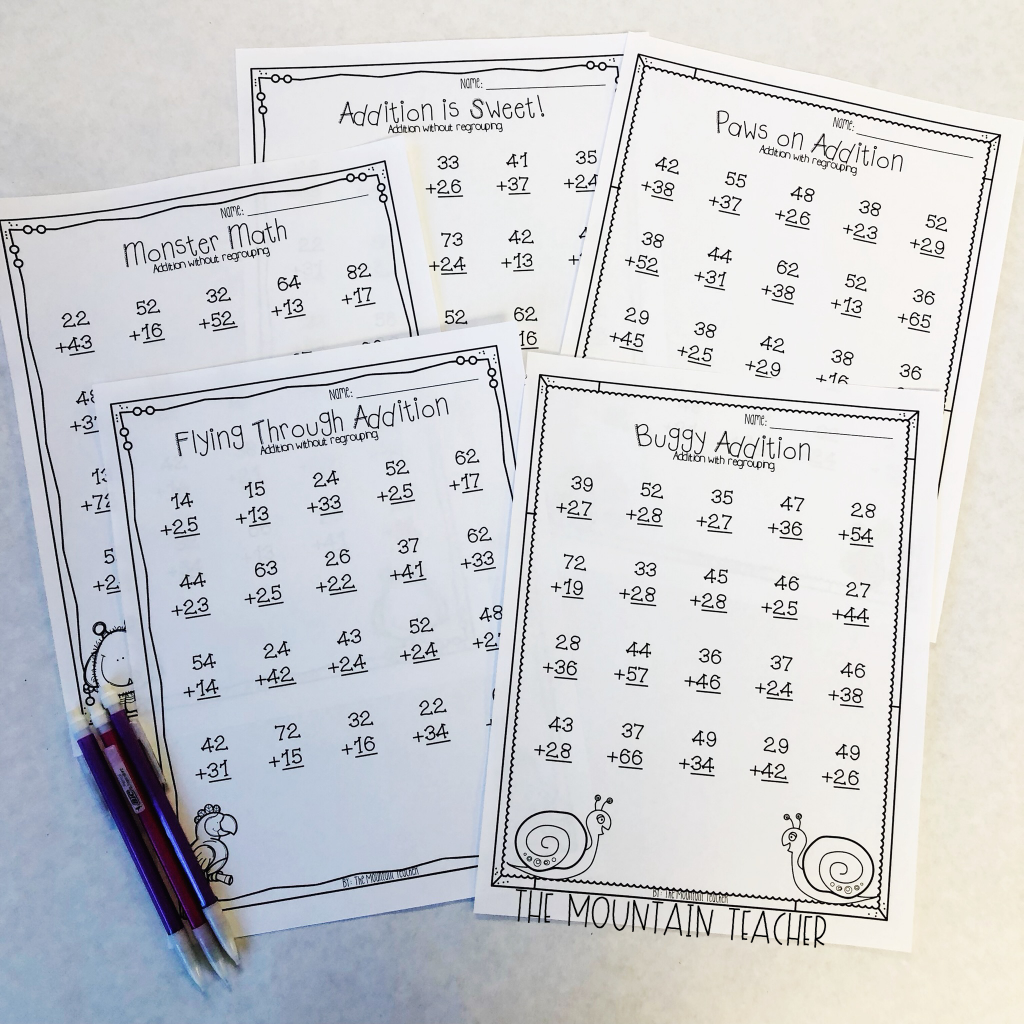
Otherwise, I use this easier unit as a good time to be reviewing math facts and becoming fluent in adding and subtracting multi-digit numbers.
Anchor Charts:
I typically make one anchor chart during this unit featuring examples of the different types of word problems. I also am sure to display the anchor charts from our Addition and Subtraction to 1000 Unit, as students might still need to refer back to old strategies.

Manipulatives:
During this unit, I try to rely heavily on number lines and 100s charts. The kiddos usually don’t need manipulatives to see what is happening, except when teaching comparison problems. During that time, I usually start with snap cubes and then ween them off of those by using a picture, or having students move toward numerical representations.

Resources and Freebies:

Challenge Problem of the Day/Week
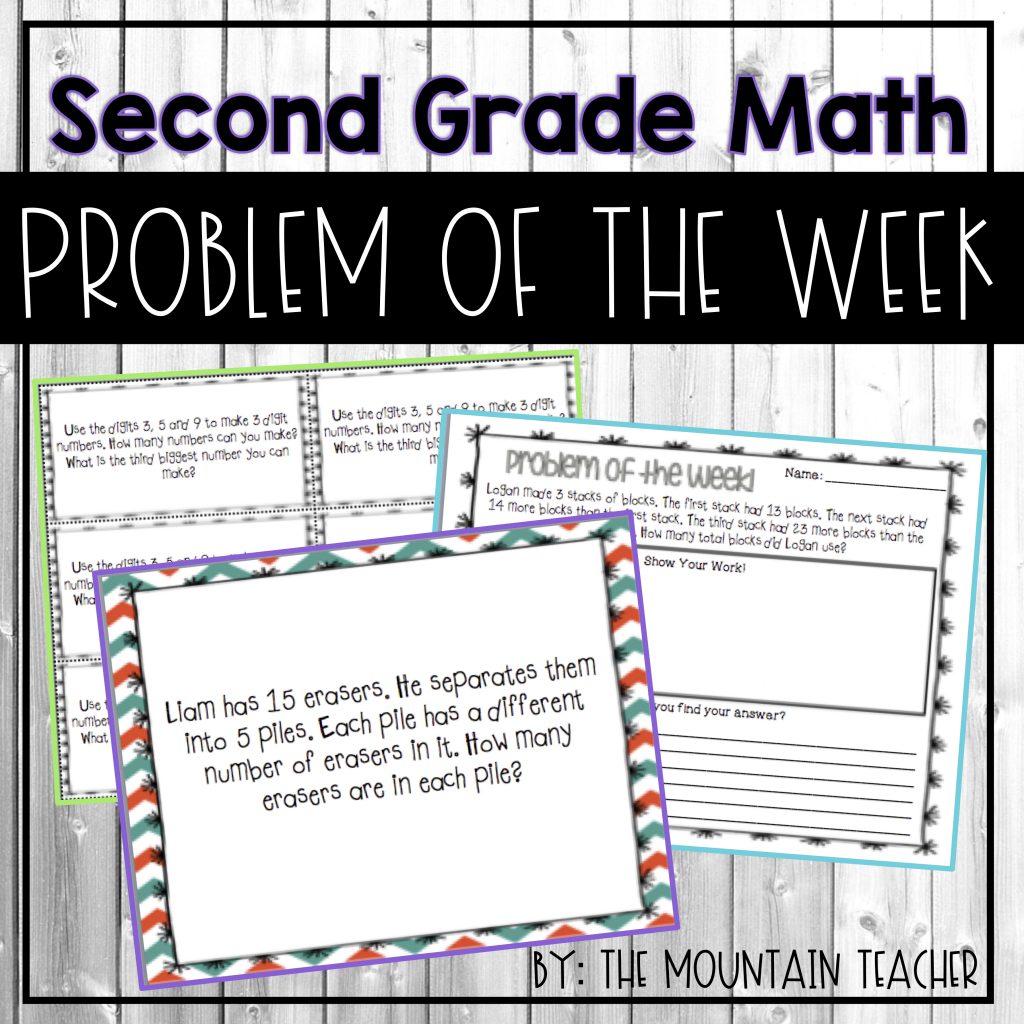
Addition and Subtraction Math Centers

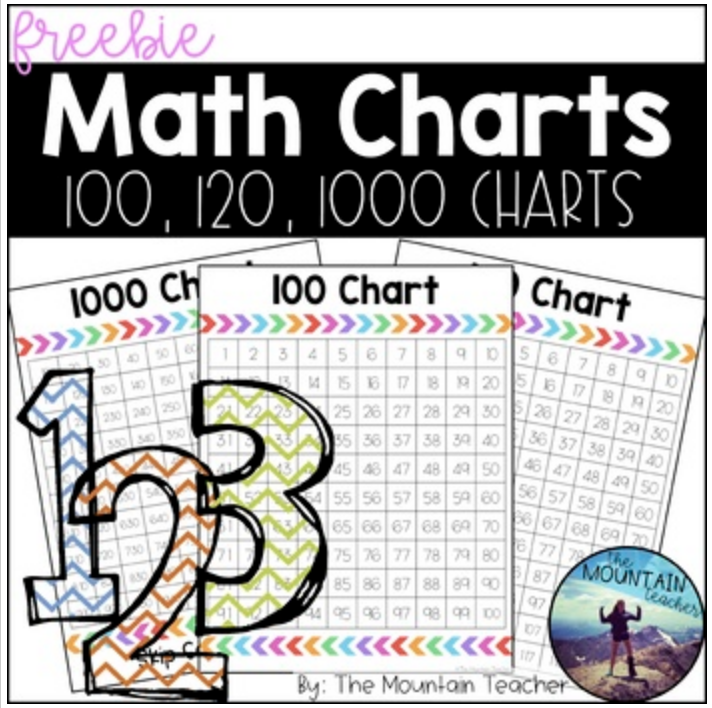
Second Grade Math Center Bundle
